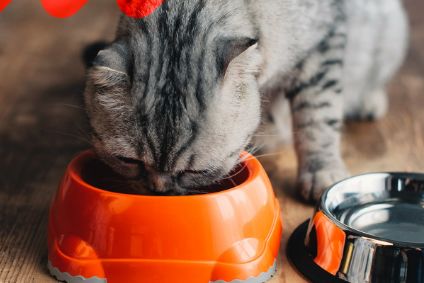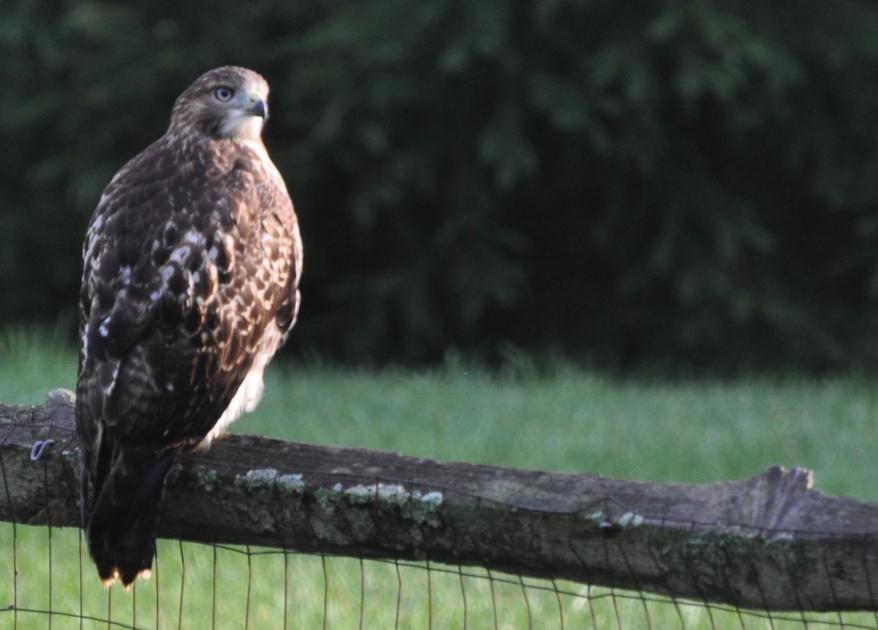Local farmers hope that winter will stem the numbers of mice wreaking havoc in the area.
In the past eight months, mouse numbers have boomed thanks to favorable climatic conditions that have created optimal conditions for breeding mice.
While the situation on the ground has not been severe, some parts of Queensland and New South Wales have reached plague conditions that have not been seen since 2011.
CSIRO researcher Steve Henry said that mouse plague occurs about every ten years. “Mice are currently reacting to seasonal conditions. After several years of drought, rainfall has been good and the record-breaking crops grown in spring and summer provide the mice with excess food, ”he said.
“Agricultural practices have also changed over the years. Saving water and environmentally sound practices, such as minimal or zero tillage, have resulted in a significant increase in both the available shelter and alternative food sources for mice in the fields.
“The combination of shelter and food sources creates perfect conditions for mice to thrive and survive.”
Urana mixed crop farmer Andrew Dore said the mouse numbers were “insane” around Easter time.
“It was pretty bad about a month ago, just like the videos we saw in the media,” he said. “In the last two or three weeks the numbers have certainly eased. I think the few frosts and the rain certainly helped us.
“We probably only see one or two mice in the paddock at the moment and around 20 to 30 at the bird feeder every night.”
One method Mr Dore used to reduce the number of mice on the paddocks was for the cattle to graze the stubble in advance of sowing, which reduced feed availability.
“The farmers in the area, who are 100 percent arable farmers, were a little worse off than us because they had more food available for the mice after the harvest,” he said.
“Hopefully we’ll see an end to this with a good drop of rain and a few more frosts.
“A good sign is when they start to eat each other. We haven’t seen that yet, but hopefully it’s not too far away. “
Over in Rand, Mark Kreutzberger said the recent baits had been a success, with the number of mice much lower than in early April.
“Around here, the canola was probably the hardest hit, but the bait worked well. Especially after the rain we had, ”he said.
Mr Kreutzberger said there were concerns about high mouse survival rates over the winter, which would cause problems in the spring.
“Chances are there will be mice left after winter, but right now it’s looking pretty good. The situation is definitely easing. We just have to keep watching the situation. “
When farmers in the area are done sowing, CSIRO researcher Steve Henry warned farmers that the colder weather won’t necessarily exterminate the rodents.
“We know that when their burrows are 30 to 50 cm deep they are pretty good and comfortable places to live, and the mice can survive in a variety of conditions,” he said.
“We have to monitor the mice while the plants are developing so that we can reduce the number by spring.”
Last month, the NSW government announced $ 50 million to help combat the ongoing mouse plague.
Deputy Prime Minister John Barilaro and Agriculture Secretary Adam Marshall said free bait would be provided to primary producers through free grain treatment, while affected rural and urban households and small businesses could apply for discounts to help them meet the cost of buying mouse bait .
While the funding was welcome, NSW Farmers said it was not enough to help with the worsening situation.
As a result, an additional $ 100 million was also announced by the NSW government last week. The new funding means farmers are now entitled to a 50 percent discount of up to $ 10,000 on zinc phosphide bait as part of the extension of the NSW government’s aid package to the mouse plague.
NSW Farmers Vice President Xavier Martin said this was an important step in helping farmers cope with the costs associated with this major disease.
“This funding is an important build on the US $ 50 million announced last month by the state government, which recognized the problem but had some shortcomings in terms of practical benefits,” said Martin.
“The Minister of Agriculture, the Deputy Prime Minister and the Prime Minister listened and acted. It is sensible to encourage the use of an immediately available chemical that has fewer secondary poisoning and environmental risks than alternatives.
“Mouse plague has already caused distress in agriculture and local communities, damaged crops, feed and machinery, and endangered human health.
“Warnings from CSIRO and responses to an NSW Farmers survey on the plague show how dire this situation is. It’s the worst mouse infestation in a while, and it could easily get worse without proper intervention. The discounts need to be made available immediately so farmers can check mouse numbers before spring. ”Mr. Martin said the situation is ongoing and requires constant monitoring and flexibility in support measures for what is possibly the worst mouse plague NSW has ever seen .
“We look forward to working with the government on behalf of our members and the regional communities to hopefully ensure this disease is well under control before spring,” he said.
Despite the booming mouse numbers, Australia expects, according to the latest Rabobank Winter Crop Outlook 2021/22, a second, almost record-breaking winter crop, as excellent prices and good seasonal conditions are increasing the number of hectares planted.
“With winter here, we can expect colder temperatures to slow down the mouse populations. However, crop replanting and spring populations remain real risks in the outlook, ”said Dennis Voznesenski, Rabobank’s grain analyst.





